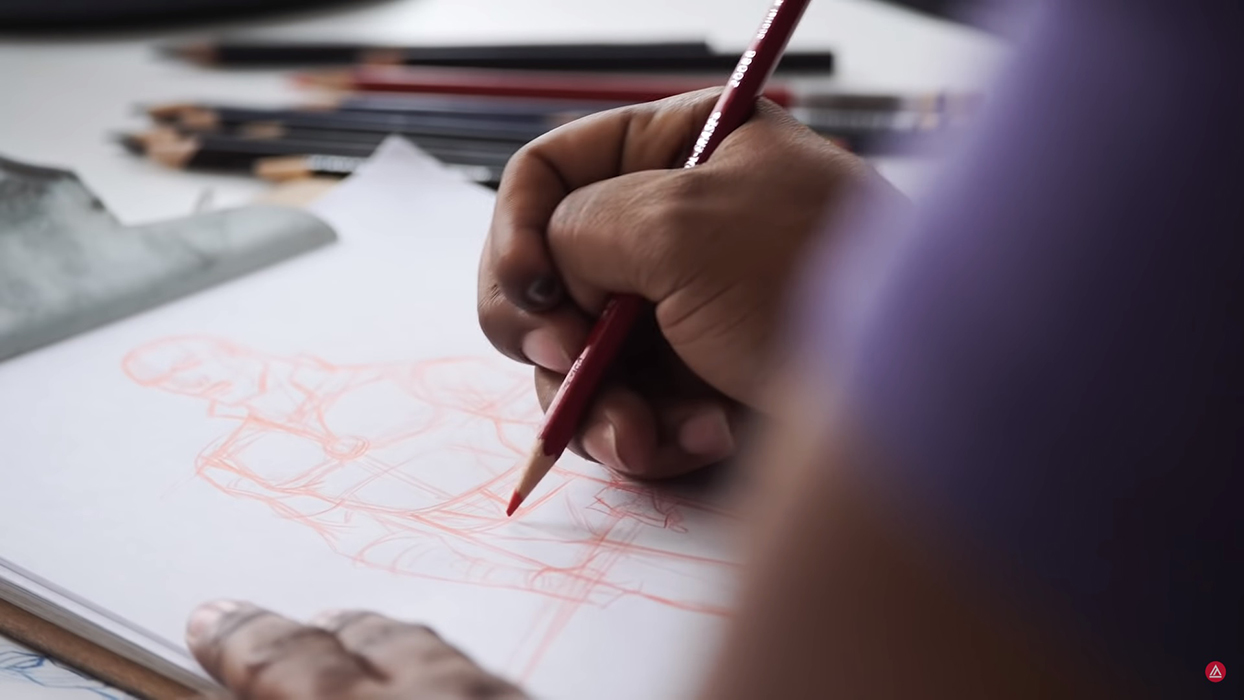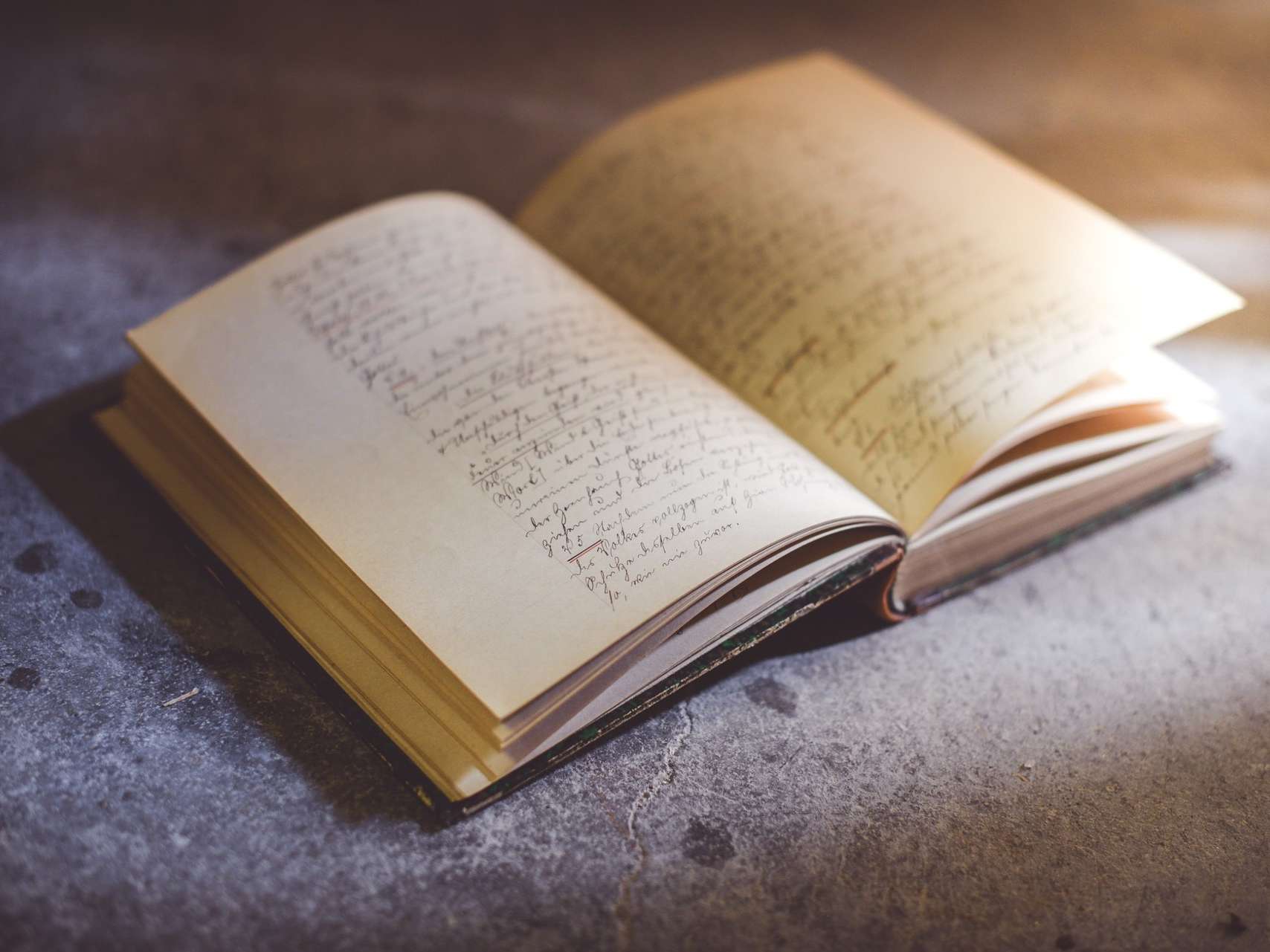Five Helpful Tips to Improve Your Drawing Skills in a Fine Arts School
When it comes to skills like drawing, some would say that it’s either you have it or you don’t. For others, however, it’s something that can be learned or acquired. Whichever side of the debate you’re on, one thing’s for sure: there’s always room to learn and grow with whatever skills you already naturally have.
If you have a natural knack for drawing, don’t take it for granted, otherwise you could one day find that your skills aren’t quite where you want them to be. There’s a way for you to avoid that. Keep the following simple but effective tips in mind, so you can become a better artist.
1. Carry a Sketchbook Around
Having a sketchbook with you as you go about your day provides many opportunities to practice drawing a wide range of subjects. Make it a habit to bring one when you’re walking around your neighborhood, your campus, or when you’re out and about in the city. That way, you can simply take it out and get sketching when you feel or see something inspiring.
2. Doodle for 30 Seconds
If you feel anxious about drawing, you can ease your nerves with this simple exercise. Simply doodle or draw anything you want freehand for 30 seconds. Don’t worry about how well you’re drawing or how detailed your doodles are. This exercise helps clear your brain and allows you to get over any nervousness you have about drawing, so that you’re in a better frame of mind to focus on improving your drawing skills.
3. Join a College Organization or Group
You don’t have to work on your drawing skills on your own. Sometimes having others around to give you advice and provide you with encouragement is a great way to stay motivated and drastically improve your drawing skills. Look for organizations and groups that offer these opportunities.
At Academy of Art University, Drawaholics Anonymous provides a highly effective, fun, and challenging way to develop your drawing skills and keep them sharp. Michael Buffington, a Concept Art Lead at the School of Game Development and founder of the group, explains that he “had to get people to fall in love, to become drawing addicts; hence, the name Drawaholics Anonymous.”
Buffington found that many students were relying too much on using technology for drawing rather than pencils and paper. This college org gives students a chance to focus on developing their skills by drawing on paper while also receiving support and encouragement from fellow art students. Buffington states that the group “brings people together, and it bonds them based on their common goals, their common desires and their common struggles.”
4. Give Yourself a Challenge
Challenge yourself to draw the one thing that you find most difficult to tackle. Focus on doing this drawing challenge regularly, and you’ll find that your skills begin to get stronger. You can also give yourself a productivity quota, like what Drawaholics Anonymous does, for example. They actually require new members to sign a contract, saying that they will have completed 2,500 drawings at the end of the year. Those who meet this requirement are rewarded with drastically improved skills.
5. Draw from 2D Sources
Drawing real life objects is great practice for working on your skills, but you can also improve them by using 2D sources. Practice drawing from photos and illustrations in books and magazines, or visit an art museum or gallery and draw from paintings and portraits.
The journey to becoming an artist does not end upon getting into a fine arts school—in fact, it’s only just begun. Make the most out of the resources available to improve your craft, and make friends along the way. You’d be surprised at how keeping the right company can have such a positive impact on your development as an artist.




